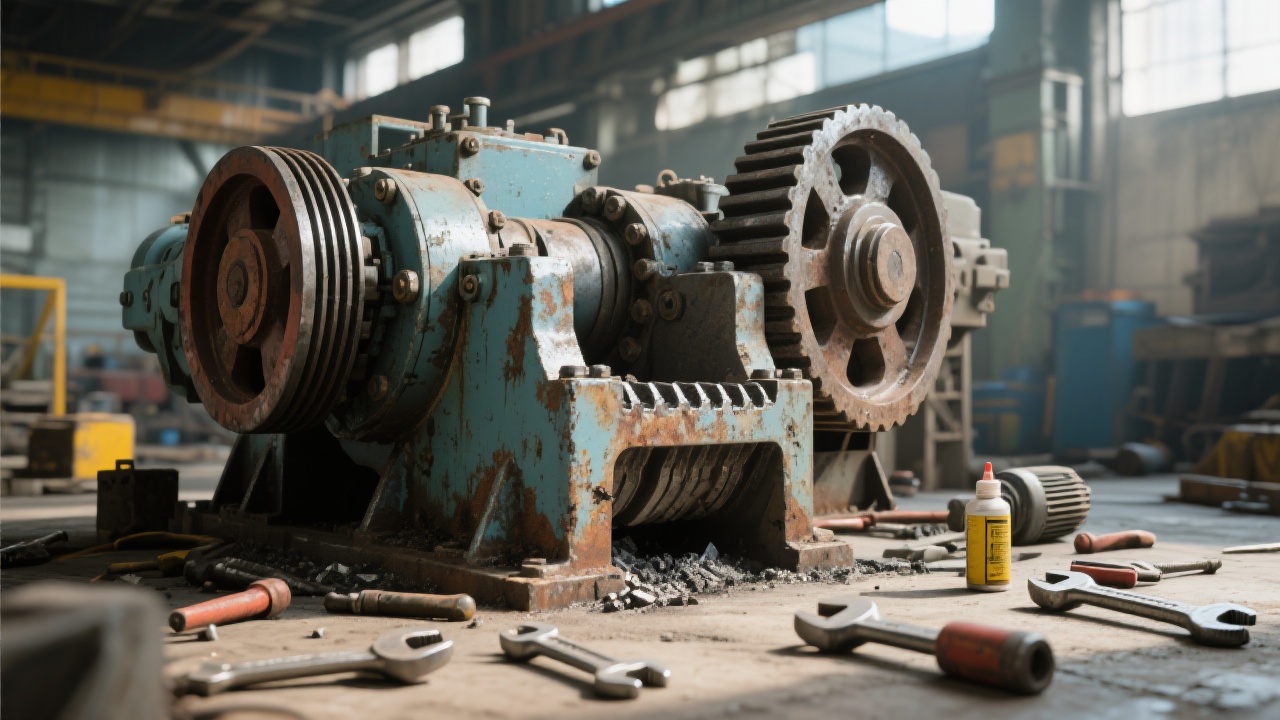.jpg?x-oss-process=image/resize,h_1000,m_lfit/format,webp)
In the global mining and recycling industries, efficiency isn’t just a goal—it’s a competitive edge. But many operators overlook one of the most impactful levers for performance improvement: the jaw crusher cavity design. In fact, studies show that optimizing this element can boost throughput by up to 18% while reducing energy consumption by 12–15%—without changing the machine’s core specs.
Traditional jaw crushers often use flat or semi-circular cavities that cause material buildup and excessive fines—especially in hard rock applications. The solution? A V-shaped cavity design, like those found in modern PEW series jaw crushers. This geometry creates a more uniform crushing zone, allowing for:
.jpg)
Not all ores are created equal. Here's how to match your cavity type based on real-world parameters:
| Material Property | Recommended Cavity Type | Expected Benefit |
|---|---|---|
| Hardness: Mohs 6–7 (e.g., basalt) | Deep V-Cavity | ↑ 15% capacity, ↓ 10% power per ton |
| Medium Hardness: 4–6 (e.g., limestone) | Standard V-Cavity | ↓ 20% over-crushing, ↑ product consistency |
| High Moisture / Sticky Materials (e.g., construction waste) | Wide Open V-Cavity | ↓ 30% blockage risk, ↑ uptime |
“We tested three different cavity designs across five sites in Brazil and Turkey. Only the V-type configuration consistently outperformed others—not just in output, but in operator satisfaction. It’s not magic—it’s math.”
— Dr. Elena Ruiz, R&D Lead, Mining Engineering Division
If your jaw crusher is underperforming, ask yourself:

A German municipal recycler saw a 22% increase in throughput after switching to a V-type cavity jaw crusher for processing demolition rubble. They reported:
These results aren’t isolated—they’re repeatable when you apply the right cavity design to the right application.
Still unsure if your setup is optimized? Your equipment might be losing efficiency without you even knowing it.



.jpg?x-oss-process=image/resize,h_800,m_lfit/format,webp)

.jpg?x-oss-process=image/resize,h_800,m_lfit/format,webp)



